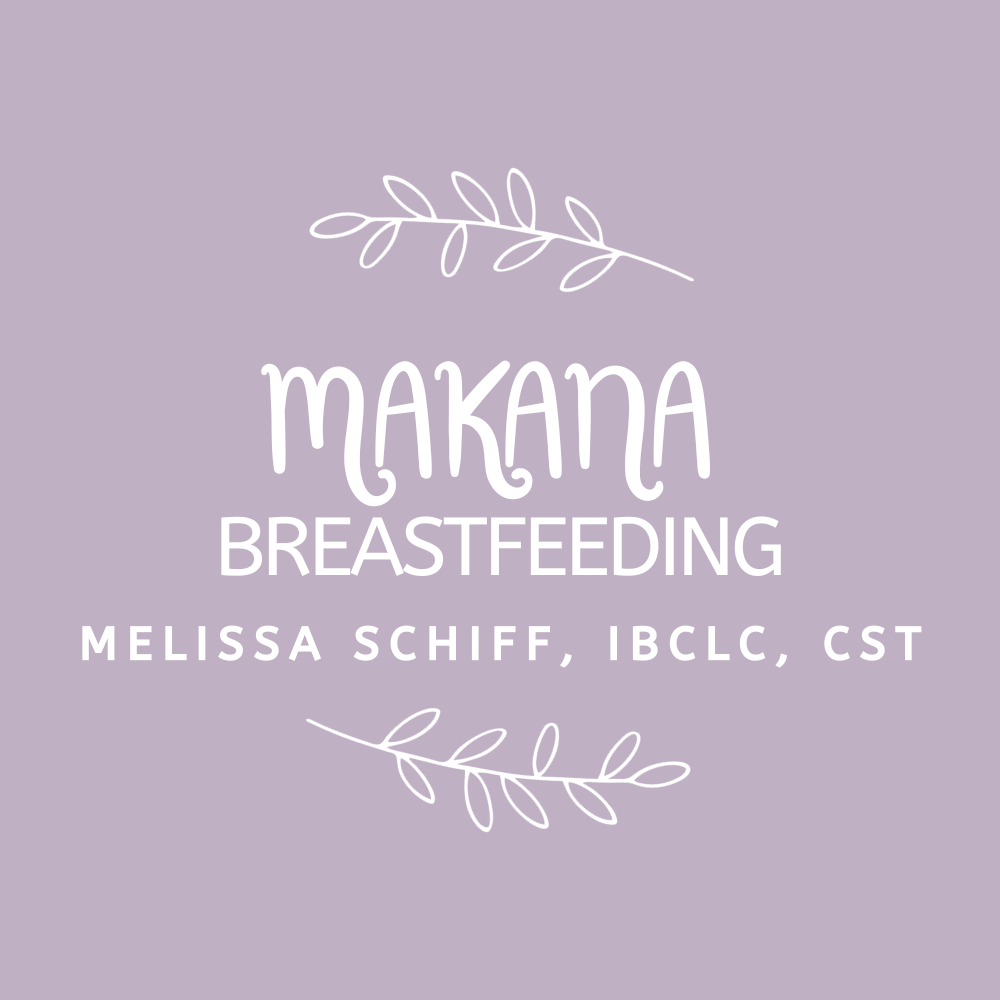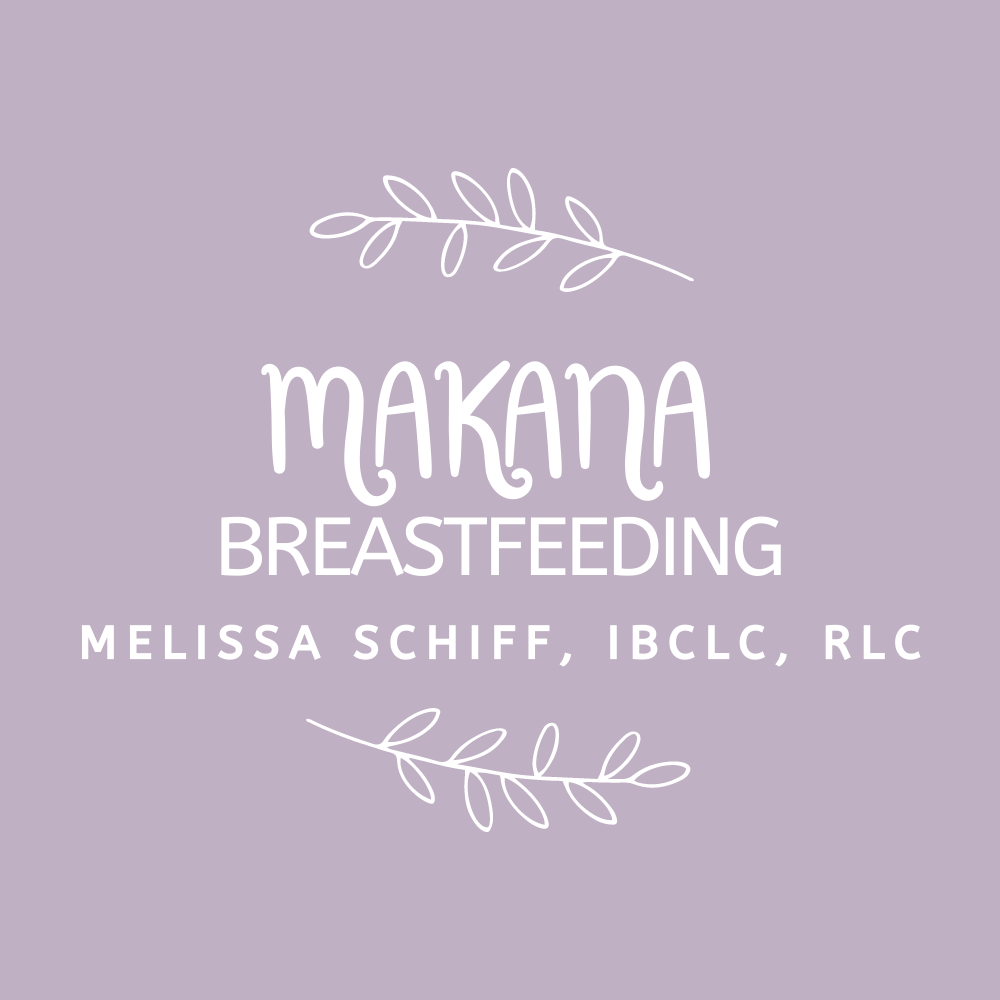
Craniosacral Therapy (CST) for Infants: Gentle Bodywork for Your Baby
-

Does this describe your baby?
• always feels so tight, “stiff as a board”
• has a head turning preference
• hates tummy time or being flat on their back
• struggling with feeding at breast or bottle
• prefers feeding on one side over the other
• struggles with pooping every day, reflux, gassy, fussy due to digestive symptoms
• have concerns about or diagnosed with lip and tongue ties
• another healthcare professional believes bodywork would be beneficial for your baby
Craniosacral Therapy (CST) can help!
What is CST?
Craniosacral Therapy (CST) is bodywork that focuses on gently releasing tension in fascia and the craniosacral system. This helps babies relax tight muscles so they can move in their body more freely, feed better, and go through their developmental milestones easier.
The journey through the birthing process can sometimes leave a baby with tension in the body. Coming into this world is not easy! Birth interventions https://llli.org/news/birth-interventions/ can play a big factor. After birth, we should see baby latching and feeding well, spreading out more, extending their arms and legs, and moving their head from side to side. Some babies hold onto tension which makes it difficult for them to do these things.
Infant CST is specifically designed to identify and release this tension, helping your baby feel more comfortable in their body. This very gentle therapy involves light gentle touches (only 5 grams of pressure) to areas of restriction, and support the release of that tension. During a session, we often see babies show signs of releasing by taking a big deep breath, yawning, stretching, unwinding, and completely relaxing their body. It’s amazing to see and is pleasant for your baby.
-
How Can CST Benefit Your Baby?
Head Turning Preferences: Some babies develop a preference for turning their head to one side – their comfortable side, which can often be linked to tension or discomfort. By releasing that strain, your baby can use those muscles with ease and strength. Babies should be able to have all ranges of motion available in their body, including their neck, this can even help them enjoy tummy time better!
Feeding Issues: Whether your baby is struggling with latching, sucking, or just doesn’t seem comfortable during feedings at breast OR bottle, CST can help address underlying oral disfunctions and body tension causing the problem.
Pre/Post Oral Ties Procedure: It's essential for baby to receive bodywork before and after an oral ties release procedure. CST prepares your baby's body for the release procedure, by relaxing tight muscles that could be contributing to the tension in their oral muscles, jaw, neck and shoulders due to that extra pull on fascia that happens with oral ties. Releasing extra tight muscles in the body beforehand can absolutely help the procedure go smoother as the release provider won’t need to fight against extra tight muscles while releasing the frenulum. This will also make the procedure much easier on your baby! Bodywork with CST before and after improves feeding outcomes and aids in healing and oral function. Even if you have decided not to release oral ties, I am happy to work with you and your baby to ease body tension with CST and oral functional care.
Digestive Issues: CST has been known to alleviate common digestive issues in babies, including constipation (baby should be pooping every day!), reflux, and excessive gassiness.
Head Shape: Baby’s head naturally overlaps the cranial bones in order to come through the mother’s pelvis and birth canal during labor and delivery. Nature is so smart and amazing! After birth the cranial bones relax and settle back into a beautiful round head. Sometimes a long labor, long pushing stage, and/or the need for baby to be delivered with forceps or vacuum, or other birthing complications can contribute to baby’s head not rounding out, so we see the cranial sutures continue to overlap or create a more flattened look to baby’s head. You may have been told your baby has plagiocephaly, brachycephaly, or scaphocephaly. Continued overlapping or flattening of the cranial bones can cause issues with feeding, favoring one side when head turning, and cause a baby to not enjoy being on their back or in tummy time. CST can very gently help the cranial sutures relax and settle where they are meant to be.
Developmental Milestones: Ensuring babies smoothly progress through developmental milestones, such as ease in Tummy Time, ability to look both ways and lift the head, rolling over, crawling, starting to walk, even transitioning to solid foods, is pivotal for their long-term well-being. Milestones signify not just physical accomplishments but also the sophisticated wiring of their developing brains and bodies. When babies encounter challenges in expressing these milestones, it can potentially lead to issues later in life. For example, a baby who struggles with rolling over might face difficulties with later milestones like crawling and walking. Craniosacral Therapy (CST) for infants can play a crucial role in providing a gentle way to address any restrictions in the body that may hinder a baby's comfort. By addressing these issues early on, CST can contribute to a smoother transition through these milestones, reducing the likelihood of future developmental challenges. It's an investment in your baby's present and future well-being, fostering a foundation of physical and neurological harmony that can positively impact their growth and development throughout life.
I am a Craniosacral Therapists who specializes in working with infants, understanding the unique needs and sensitivities of your little one. I create a nurturing environment where your baby can relax and receive the gentle care they deserve.
If you have concerns about your baby's comfort, feeding, or overall development, CST sessions offer a gentle and effective approach. You can schedule your appointment here and I look forward to working with you and your baby!
I’m here for you and your baby
-
FAQs about CST for Infants
Q: What is Craniosacral Therapy (CST) for infants, and how does it benefit my baby?
A: CST is a gentle, hands-on therapy designed to address tension and restrictions in the body and craniosacral system. This holistic approach helps babies feel more comfortable in their bodies, promoting relaxation and enhancing overall well-being. It can be particularly beneficial for issues such as feeding challenges, digestive discomfort, and developmental milestones.
Q: Is CST safe for my baby?
A: Absolutely. CST for infants is non-invasive and gentle. As a Craniosacral Therapist my training is to work specifically with the delicate needs of babies, ensuring a safe and comfortable experience for your little one.
Q: At what age can my baby start CST sessions?
A: CST can be introduced at any age, even hours old newborns! Many parents choose to incorporate CST in the early stages to address potential tension or discomfort arising from the birthing process. However, it's never too late to explore the benefits of CST for your baby.
Q: How long is a typical CST session for infants?
A: CST sessions for infants are typically shorter than for adults, usually ranging from 45 to 60 minutes. The duration may vary based on your baby's needs and how they are tolerating the session. Your baby will let us know when we are done. I schedule 60 mins for every session to make sure we have plenty time with no rushing.
Q: Can Craniosacral Therapy help with my baby's sleep?
A: Yes, CST has been known to contribute to improved sleep for infants. By addressing tension and promoting relaxation, CST may help alleviate factors contributing to sleep disturbances, leading to more restful nights for all!
Q: How does CST contribute to developmental milestones, and why is this important?
A: CST can help babies feel more comfortable in their bodies, addressing tension that may hinder the expression of developmental milestones. This is crucial because achieving milestones on time contributes to the overall physical, cognitive, and emotional development of your baby and can potentially mitigate challenges in the future.
Q: What happens during a CST session for my baby?
A: During a session, I will use gentle touches, finding areas of tension in your baby's body, while also focusing on the craniosacral system and with very light (no more than 5 grams of pressure) encourage the tissues and fascia to release this tension. The body unwinds and baby feels more relaxed and will show us more range of motion and ease in their body. The environment is calm and nurturing to ensure a positive experience for both you and your baby. If baby fusses a little then often times we can continue to work through and they release and relax, but if baby’s fussiness increases we will stop and baby goes back to mom or dad and we can wait until they calm back down and then often times we can continue with the session. If baby continues to be upset that is them communicating to us that they are done. They will often process the bodywork over the next day or two and the next session we can often work deeper and for a longer period of time. It’s like peeling the layers of an onion, but babies bodies are SO responsive to this kind of bodywork that progress happens much faster than adults.
Q: How many sessions are typically recommended, and how often?
A: The number and frequency of sessions vary depending on your baby's individual needs. Many parents notice improvements after just a few sessions, typically around 3-6 sessions depending on the issues we are addressing.
Q: Are there any side effects or risks associated with CST for infants?
A: CST is generally considered safe for infants with very minimal risks. I will discuss any potential considerations with you before beginning the sessions, and it's essential to communicate openly about your baby's health history. Generally though only positive effects are seen!



